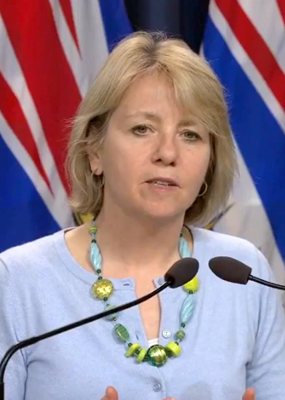
Tuesday May 19, 2020 ~ BC
Analysis by Mary Brooke ~ West Shore Voice News
It was a good statistical start to mark the first day of Phase 2 of the provincial government’s Restart BC: today, May 19, there were just two new cases of COVID-19 in the past 24 hours — as announced with relative pleasure by Provincial Health Officer Dr Bonnie Henry.
In context, it seems like a relief to hear about only two new cases of the infectious viral disease. It’s been 17 weeks since Health Minister Adrian Dix and Dr Henry have been giving near-daily briefings to media about the COVID-19 virus that as a pandemic has mobilized the entire province into protective action.
Everything has changed as we emerge from what was effectively a socioeconomic hibernation. Nothing has gone untouched by the impacts of COVID-19. As a health emergency as well as a full state of emergency in BC, the pandemic reality has forged a new reality of living on planet earth.
COVID-19 has of course spread around the world. But as Dr Henry oft-reminds, this is “our pandemic” here in BC. One that she and her public health team have crafted in confluence with BC Government goals and values.
Restart BC enters Phase 2:
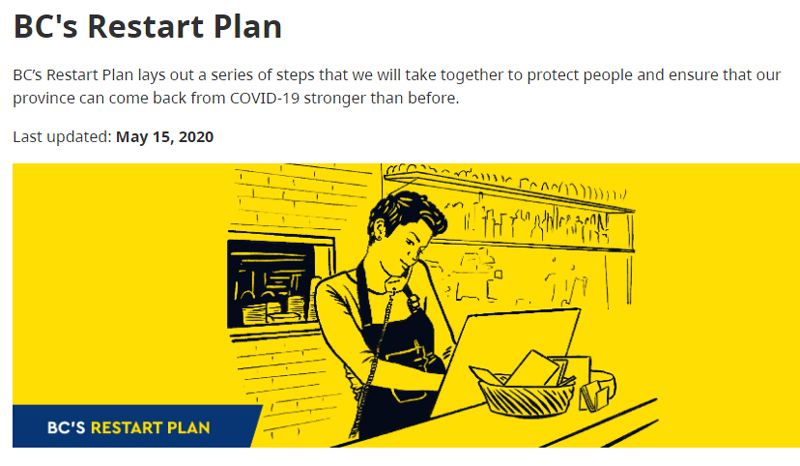
Restart BC is the provincial government’s plan of action to start moving British Columbians — individuals, families, communities, businesses, industry and schools — in a slow and guided pace toward to a ‘new normal’.
Phase 2 of that plan starts today, Tuesday May 19. We are encouraged by the Provincial Health Officer to ‘choose wisely’ when it comes to expanded our ‘bubble’ of interpersonal contact – making choices among family members, friends and neighbours. We have other decisions to make as well, such as whether to return to the office or work from home, and whether to go to the grocery store or continue to shop for food online.
Other than sensibly following the health measures that we’ve been taught by Dr Henry and her team — including physical distancing, frequent hand washing, coughing/sneezing into a sleeve or tissue, and staying home if you’re the least bit ill — it’s important to note that there are absolute rules, only guidelines.
It’s up to all individuals in BC to decide about the actions they will take for the well-being of their families, businesses and communities. “Thoughtful and cautious is how we need to proceed in the coming weeks,” said Dr Henry today in her media briefing. She feels confident that measures are in place that “we need to keep people safe”.
No turning back:

There will be no going back to the pre-COVID normal (which effectively ended at the end of 2019). Life as we used to know it was — by comparison to now — pretty much a free-for-all in terms of where one could travel, what one could do, and who one could associate with.
Within a few short months now we need to think about every step of travel boundaries, choices for business, how we shop, how we interact with families, friends and neighbours, and whether we’ve got our personal protective gear at the ready (such as mask, gloves, hand sanitizer, etc).
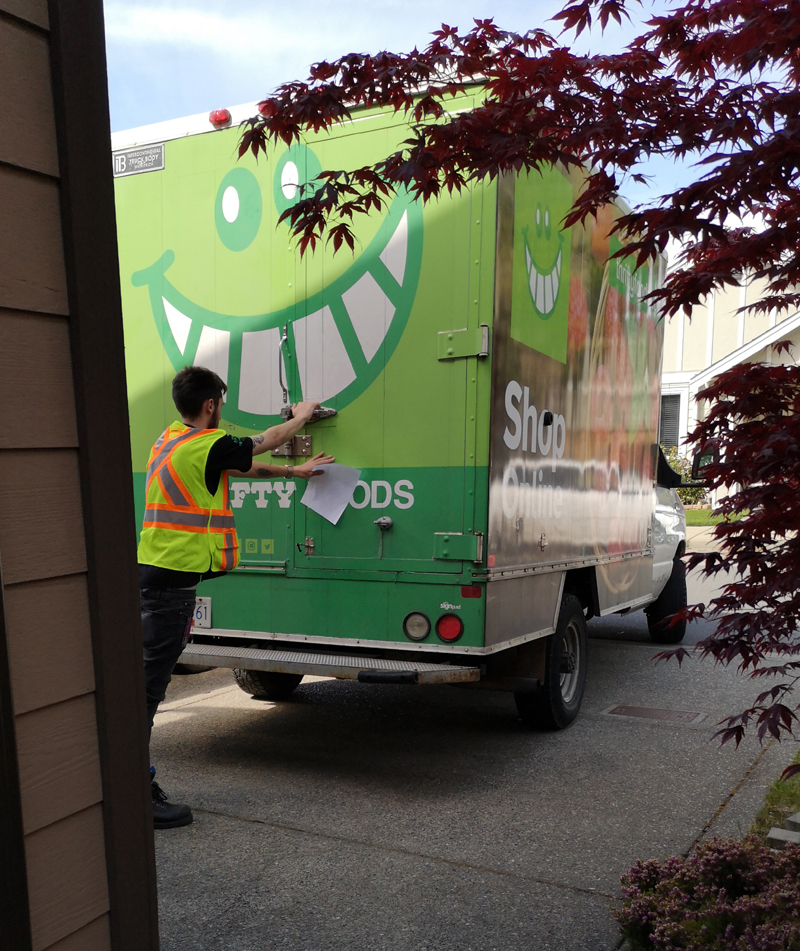
Will retail shopping still be something we do as much for a social experience as for the products we buy? What is the saw-off point for risk in that equation?
There are cost factors for online grocery shopping and then delivery by vehicle, and the variable cost of limited or fixed product selection together with the loss of incidental product exploration that only really happens in-store. There are broader considerations such as embedding the success of some product brands more than others once they are cataloged into the system.
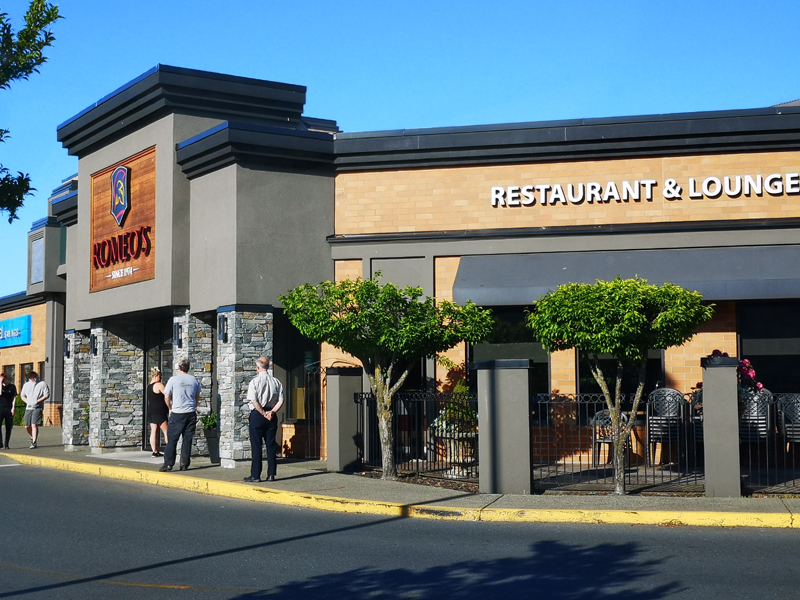
How important is the in-restaurant dining experience? Already many of us have tasted the economic benefits of takeout — not just for the food but the time-saving aspects of dining at home, and maybe even saving on the need for child care to go out.
Many restaurants and coffee shops have already found new-found economic gain in making the switch to take-out — fewer employees, less physical premises to maintain. Will they switch back or is it go-forward into a new realm of what it means to socialize over food?
Will we really miss large-crowd events like concerts and professional sports matches when they’re easy enough to watch online. And if so, to what degree of health risk does that carry to eventually re-engage in those worlds?
And has banking finally now largely shifted to the virtual space? At least one major bank is rethinking the reopening of some of their branches. If COVID-19 has given people a sampling of the ease of online banking through the web and on their phones, it’s likely only any perceived worries about data security and identity protection that stand in the way of major shifts in the retail banking industry.
If nothing else, COVID-19 has forced everyone to rethink their priorities.
Handling ourselves in Phase 2:
“Staying vigilant is even more important as we ease these restrictions, and start to interact again socially and in business,” said Dr Henry today. “Every day – pause – think about self, families and communities safe. Individual circumstances are unique, but actions we can take are the same,” she said in her May 19 media briefing in Victoria.
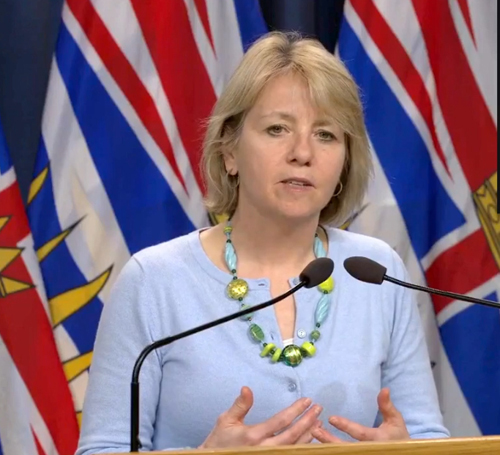
“Safe physical distancing, cleaning our hands regularly, covering coughs and sneezes, not touch our face, staying home if ill at all” — these are the reminders repeated by Dr Henry for heading forth into Phase 2 now in May 2020 and beyond.
“Staying away from others is incredibly important,” the Provincial Health Officer said. It’s a simple statement with profound implications for everything we do, plans that we make, desires that we have to be close with others in our social networks.
“Go slowly, be aware of your location – the duration of time, who you are with, and who is at home that you are protecting. Wash your hands regularly. Working together and working out the kinks over the coming weeks,” is what we will be doing, Dr Henry said.
Remembering the journey:
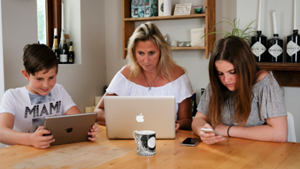
As we move forward into Phase 2 — which is only May 19 to 31 before embarking quickly into Phase 3 in June — it pays to remember well the sacrifices that each of us has made as individuals, families, households, communities, businesses and the broader sectors of business, and as a society that has banded together in mutual support.
We have foregone income, opportunities, relationships, and special family moments. Each of us has been faced with moments of mental or emotional strife. Learning curves have been steep — from new health practices that must become embedded to using remote technologies at which we hope to become efficient and adept.
And oddly many other unrelated tragedies have punctuated the psychological tone of the dark winter of 2020 which oddly seem to have focussed on Nova Scotia — a mass murder spree there, the death of six army personnel in a helicopter based out of Halifax, and just this past weekend the crash of an iconic Royal Canadian Air Force Snowbird aircraft killing the crew’s public relations officer who was of Nova Scotia. Of further note, all three of those Nova Scotia incidents featured the frontline death of a woman with a prominent role (police officer, pilot, public relations face).
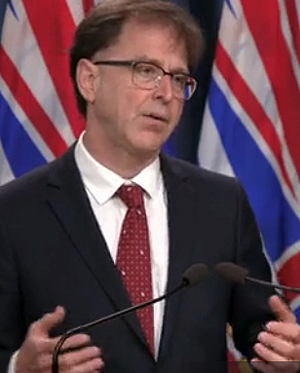
Notably regarding the Snowbird crash and loss of life yesterday, Health Minister Adrian Dix expressed well the emotional impact of the continued pressure of COVID-19, pushing us unrelentingly in ways we cannot foresee: “The idea (of the Snowbird flyover) was to lift our spirits.” And yet it did not.
Phase 3 is penciled-in for June to September:
Emerging into the sunlight of summer will hopefully bring relief on many levels, as we head into the unknown of Phase 3 (June to September), the success of which — to remain free and mobile in society — depends entirely on how we manage ourselves, our businesses and our community activities through the next phases of a world where COVID-19 is here to stay.
Even now some reasonable hope for a vaccine — research, testing, and production of which are moving fast by any comparative standard — there is still a ways to go. The virus is still out there (people are still dying — mostly in long term care homes, and there are still active outbreaks — mostly in close-contact workplaces), so we must still be physically distancing while interacting in carefully selected bubbles.
By September the annual influenza season will be ramping up, and testing for everyone with any sorts of respiratory symptoms will hopefully be very much in play. Today Dr Henry says BC will be ready for that next level of impact on the health care system.

Note, however, that COVID-19 is technically not a respiratory disease. COVID-19 infection is increasingly seen as a cardiovascular system attack, gaining entry to the body through mouth, nose and eyes generally by way of respiratory proximity.
Phase 3 — with all measures of protection in place and always the potential for a return to self-isolation and more restricted mobility in the community — will need to last until there is sufficient vaccination against the COVID-19 virus, and/or herd (community) immunity against COVID-19 infection, and/or a set of successful treatments for active cases of COVID-19.
Phase 4 is a moving target:
Phase 4 in the Restart BC plan — that sought-after horizon beyond which we can let our guard down a bit — has no fixed date. It could be sometime later this year, or more likely in 2021, or even beyond that. Until then, we are all in this together.
Moving into Phase 4 including allowing activities with large gatherings such as conventions, live-audience professional sports, concerts, and international tourism. These sectors are currently in limbo, affecting the employment of thousands of people in BC and the economic well-being of entire regions.
The timing of a safe restart of night clubs, casinos and bars — also key economic drivers in many cities — is a more complicated consideration. As with other sectors, industry associations will be expected to develop safe operations plans, for review, that are in keeping with Public Health and Safety Guidelines, as well as WorkSafeBC.
New attention to inequities:
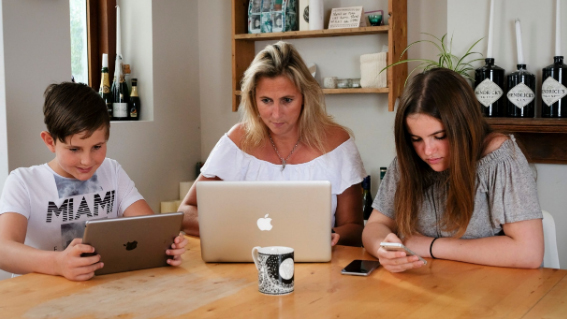
Let’s not forget who rode the high crest of the wave in this pandemic — those who could afford to stay home in self-isolation supported by remote technologies.
If we’re not careful, one of the legacies of COVID-19 will be a solidification of new or revised social classes based on who is a frontline worker and who gets to watch the action safely from afar. We should not be surprised to see societal backlash and emotional/mental health responses to this inequality that COVID-19 has pushed forward and fortified.

Even in the online COVID-19 experiences survey on the BC Centre for Disease Control website there is a section that asks for identification of race or ethnicity. This is something we think of as more of an American line of questioning or delineation. Dr Henry has defended that as a way to quantify how income inequities are tied to communities of race or ethnicity. This takes BC into new territory, hopefully one that is delicately handled.
Guidelines for getting through this:
- Health: Public Health & Safety Guidelines include all the Provincial Health Officer’s Orders
- Business: Resources to assist businesses and sectors as they restart their activities including new Health Guidelines and Checklists are available from WorkSafeBC.


